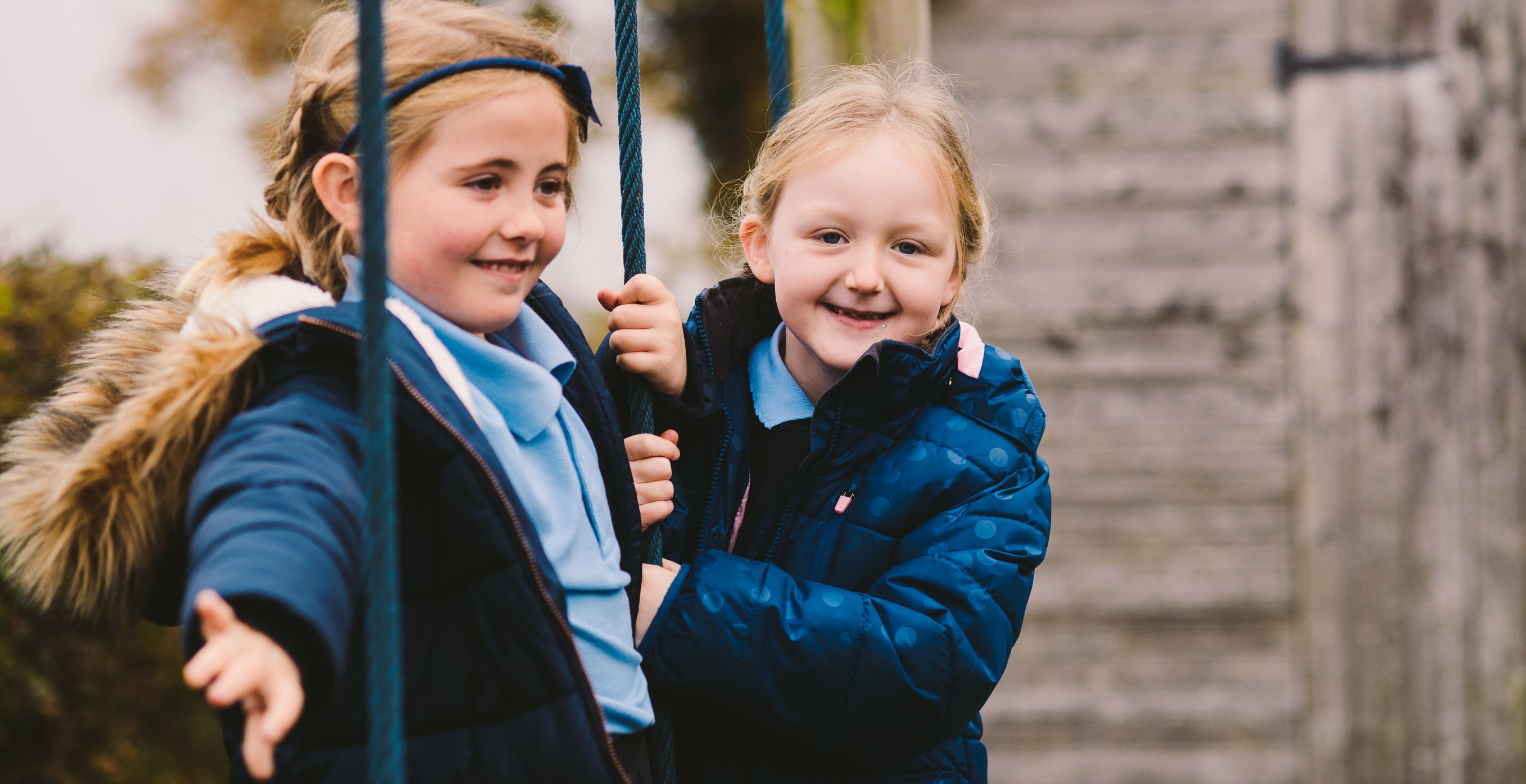Phonics and Early Reading

Little Wandle
At Mobberley, we believe that all our children can become fluent readers and writers. This is why we teach reading through Little Wandle Letters and Sounds Revised, which is a systematic and synthetic phonics programme. We start teaching phonics in Reception and follow the Little Wandle Letters and Sounds Revised progression, which ensures children build on their growing knowledge of the alphabetic code, mastering phonics to read and spell as they move through school.
As a result, all our children are able to tackle any unfamiliar words as they read. At Mobberley, we also model the application of the alphabetic code through phonics in shared reading and writing, both inside and outside of the phonics lesson and across the curriculum. We have a strong focus on language development for our children because we know that speaking and listening are crucial skills for reading and writing in all subjects.
Click here to download our Phonics and Reading powerpoint.
Find our full Reception and Year 1 teaching programme overview here to see what your child will learn and when.
Please click here to read our Phonics and Early Reading Policy:
Support with phonics
How to say Phase 2 sounds (taught in Reception – Autumn 1)
How to say Phase 2 sounds (taught in Reception – Autumn 2)
How to say Phase 3 sounds (taught in Reception – Spring 1)
How to say Phase 5 sounds (taught throughout Year One)
How we teach blending
How we teach tricky words
A guide to tricky words
Helpful guides
Download a guide to how children are taught to say their sounds in Reception – Autumn 1 Download
Download a guide to how children are taught to say their sounds in Reception – Autumn 2 Download
Download a guide to how children are taught to say their sounds in Reception – Spring 1 Download
Download a guide to how children are taught to say their sounds in Year 1 Download
Download a guide to how children are taught to write capital letters Download
Support for tricky words Reception – Autumn term Download
Support for tricky words Reception – Spring term Download
Support for tricky words Reception – Summer term Download
Support for tricky words Year 1 Download
Reading
Supporting your child with reading
Although your child will be taught to read at school, you can have a huge impact on their reading journey by continuing their practice at home. There are two types of reading book that your child may bring home:
- A reading practice book. This will be at the correct phonic stage for your child. They should be able to read this fluently and independently.
- A sharing book. Your child will not be able to read this on their own. This book is for you both to read and enjoy together.
Reading practice book
This book has been carefully matched to your child’s current reading level. If your child is reading it with little help, please don’t worry that it’s too easy – your child needs to develop fluency and confidence in reading. Listen to them read the book. Remember to give them lots of praise – celebrate their success! If they can’t read a word, read it to them. After they have finished, talk about the book together.
Sharing book
In order to encourage your child to become a lifelong reader, it is important that they learn to read for pleasure. The sharing book is a book they have chosen for you to enjoy together. Please remember that you shouldn’t expect your child to read this alone. Read it to or with them. Discuss the pictures, enjoy the story, predict what might happen next, use different voices for the characters, explore the facts in a non-fiction book. The main thing is that you have fun!
Pupil Voice

